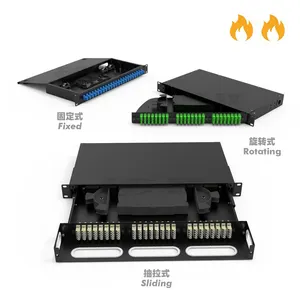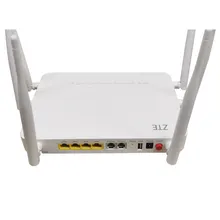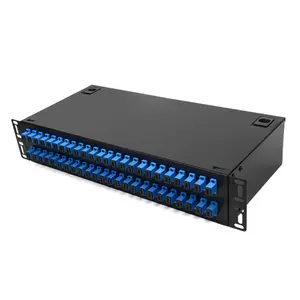Understanding Optical Distribution Frames
An optical distribution frame (ODF) is a crucial component in the telecommunications sector, serving as a centralized point of integration for fiber optic cables and optical fibers. This framework is essential for managing cable connections between the backbone and the optical cables that lead to different destinations.
Types and Applications of ODFs
ODF fiber systems come in various types, each designed to cater to specific needs within network infrastructure. The primary applications of ODFs include providing a structured cabling environment for telecommunications rooms, data centers, and outdoor facilities that require robust fiber management systems.
Features of Optical Distribution Frames
The design of an optical distribution frame incorporates features that facilitate easy access for installation, maintenance, and expansion. These frames often include integrated cable management solutions, ensuring that fiber optic cables remain organized and protected from potential damage.
Materials and Advantages of ODFs
Materials used in the construction of fiber distribution frames are selected for durability and performance. The advantages of using ODFs include improved cable organization, enhanced signal integrity, and the facilitation of future network expansions.
Choosing the Right Optical Distribution Frame
When selecting an optical fiber frame, it is important to consider factors such as the number of fibers to be managed, the type of connectors used, and the physical environment where the ODF will be installed. An ODF optical distribution frame is designed to accommodate these variables, providing a tailored solution for fiber management.
Complementary Solutions in Fiber Management
Additional solutions such as fdf fiber distribution frames and fiber optic odf units complement the ODF, offering expanded capabilities for managing dense fiber optic networks and ensuring that the optical distribution network remains scalable and efficient.










































 浙公网安备 33010002000092号
浙公网安备 33010002000092号 浙B2-20120091-4
浙B2-20120091-4